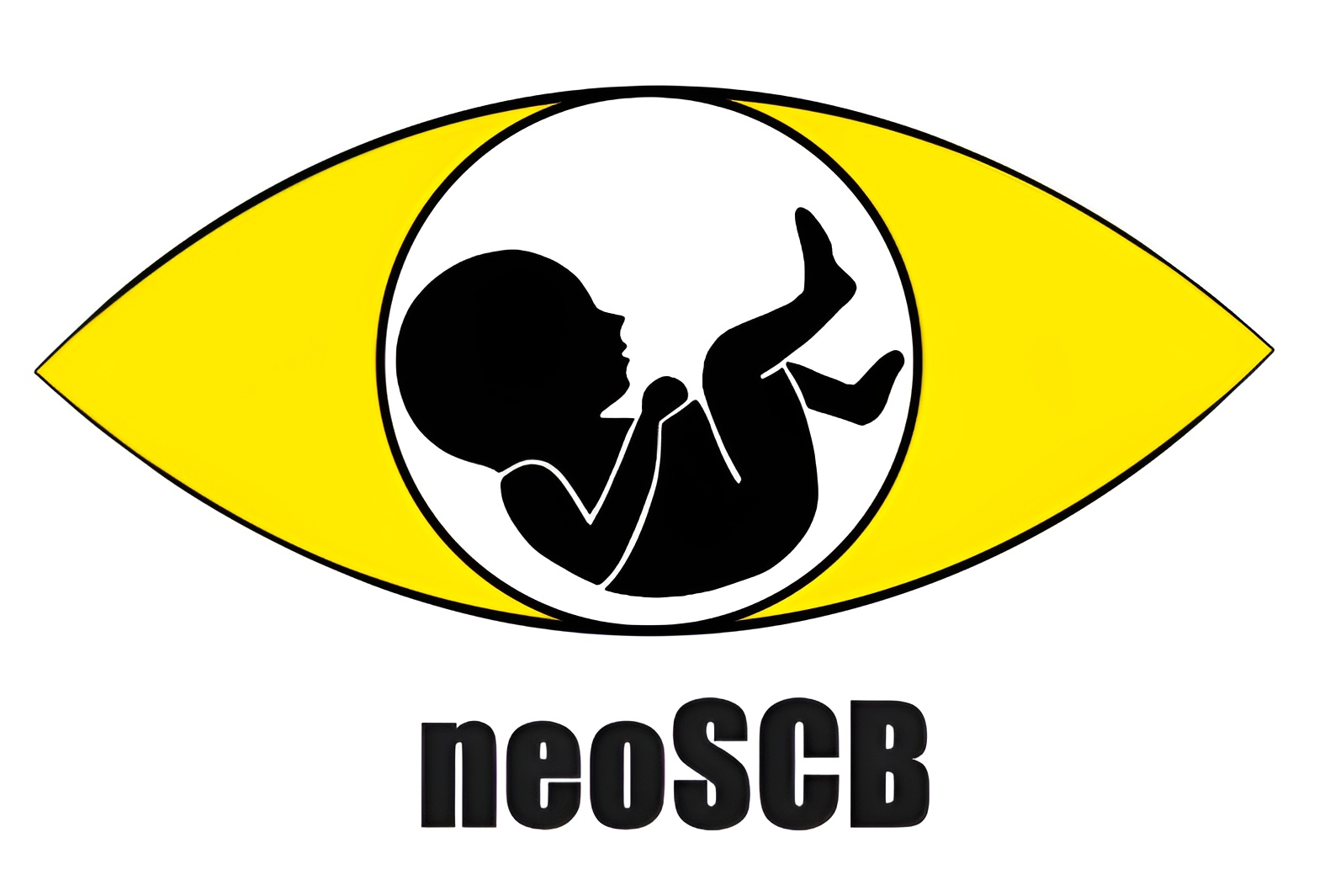aPP dETAILS
How Does It Work?
Discover how neoSCB uses innovative smartphone technology to screen for newborn jaundice quickly and easily.
What Your Midwife Will Do
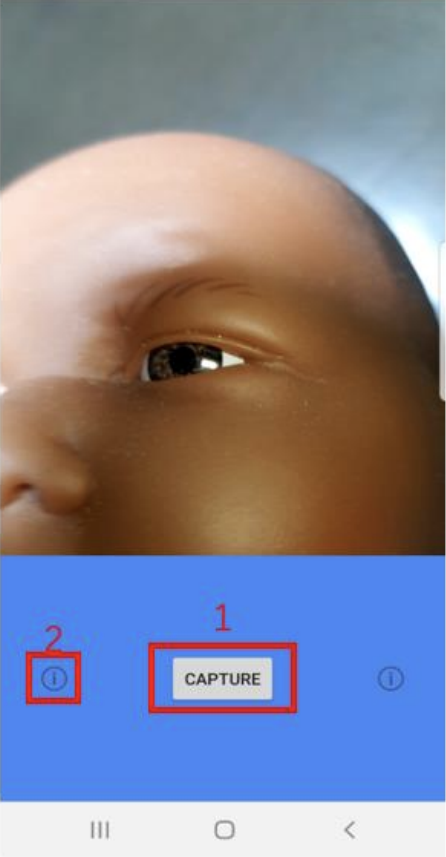
1
Take a picture of the newborn’s eyes with the neoSCB app and the smartphone camera.
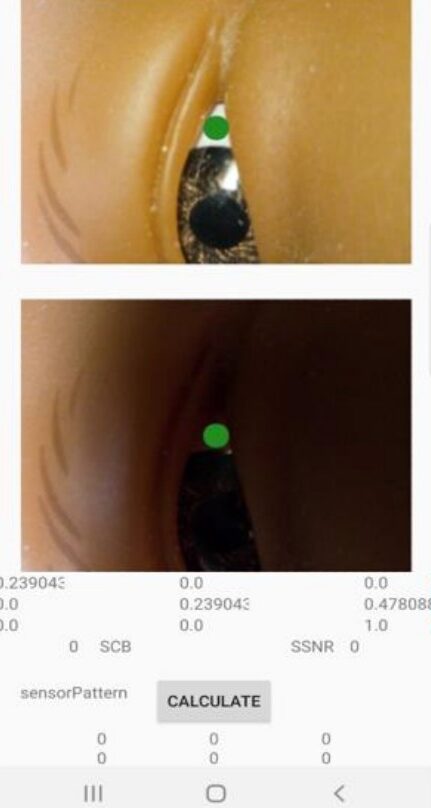
2
Zoom in and highlight the yellow region of the eye. Ensure the green dot is not touching any other colour.
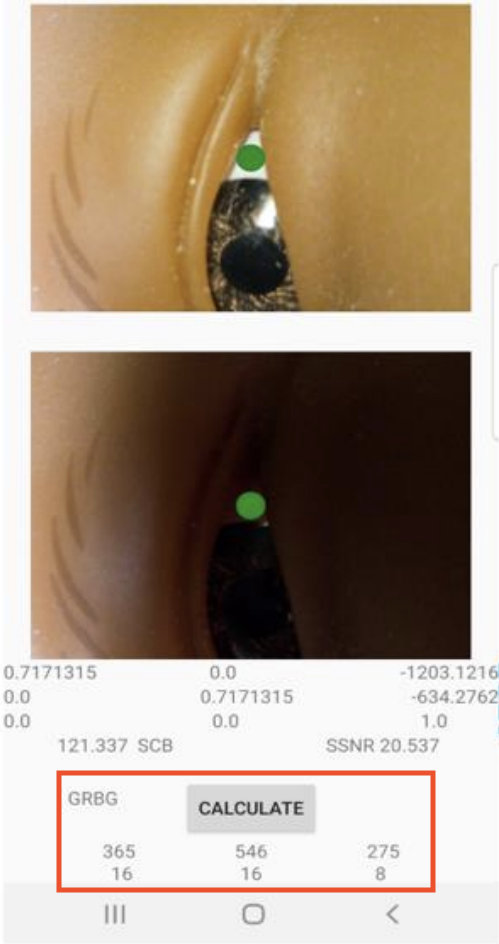
3
Check whether the baby needs medical intervention.

Behind the App
The sclera is imaged because it is free from the confounding influence of melanin and hemoglobin. The sclera readily accumulates bilirubin because of its elastin content (elastin has a high affinity for bilirubin [2]). This means that the yellow discolouration is more discernable in the eye, making it an ideal place to make a screening measurement.
Recently, smartphone camera capability has increased dramatically. Our app accesses the camera’s sensor data and uses image processing algorithms to quantify the colour of the sclera accurately and objectively. The bilirubin concentration is then inferred from that colour.
The main challenges that we face include making the app device-independent so that it can work on any model of phone, and discounting the effect of ambient light, which would otherwise change the colour measured. We are making progress to overcome these challenges and will be publishing the results soon!
Why an App?
A smartphone-based screening method would offer several advantages over existing methods. Like transcutaneous bilirubinometers (TcBs), they are objective, portable, non-invasive, and offer a result at the point-of-care. However, they are an order of magnitude cheaper than TcBs. They are also more accessible, as smartphones are becoming ubiquitous in even the most resource-poor settings. Finally, TcBs are contact-based, which increases the risk of spreading infection or the need for disposables, while digital photography can be completely contact-free.
How to Measure Yellowness?
A smartphone camera measures yellowness by analyzing the RGB (red, green, blue) values in images of the eye’s sclera. Blue pixels provide the greatest contrast against yellow, allowing for precise detection of color changes associated with elevated bilirubin levels. The app’s advanced algorithms process these blue channel values to identify subtle shifts in hue, ensuring accurate and early jaundice detection.
Challenges with Smartphone Screening

Where to measure colour?
We choose the sclera, the white part of the eye, for jaundice detection because it provides a clear and consistent area to observe changes in bilirubin levels. Unlike skin tone, which can vary widely, the sclera offers a uniform surface that improves the accuracy and reliability of our app’s analysis. This makes it an ideal indicator for early jaundice detection.
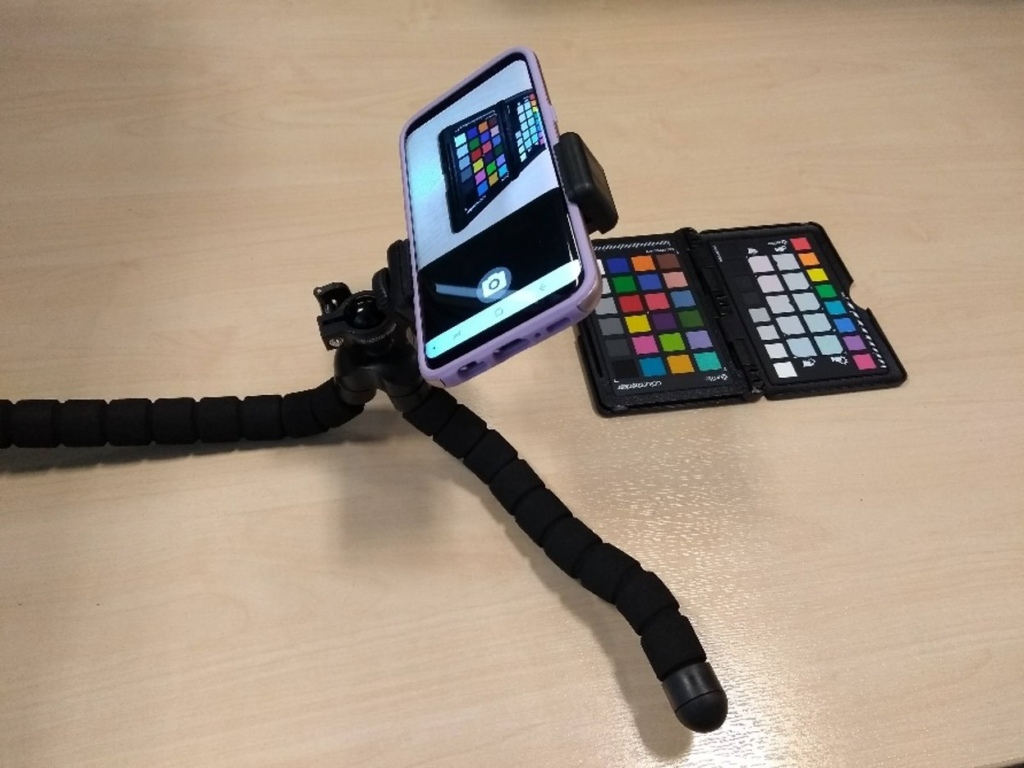
What about camera differences?
Images differ between phones due to variations in camera quality, sensor sensitivity and color processing algorithms. These differences can affect the accuracy of jaundice detection.
Calibration Process
1. One-Time Calibration: Use an X-rite ColourChecker to standardise color accuracy.
2. Capture in Controlled Lighting: Take a photo in the dark using only the phone’s flash.
3. Map RGB Values: Compare the photo’s colors to the ColourChecker’s known values.
4. Adjust Settings: The app adjusts its algorithms to account for the phone’s unique characteristics, ensuring accurate jaundice detection regardless of device.

What about ambient light?
To ensure accurate jaundice detection, the app employs an ambient subtraction technique. This involves capturing two photos: one with the phone’s flash and one without. The photo taken without flash captures the ambient light in the environment, while the photo with flash provides a controlled lighting scenario.
The app then performs a pixel-by-pixel subtraction of the ambient light image from the flash image. This process isolates the light reflected from the baby’s eye under the controlled flash illumination, effectively eliminating the influence of varying ambient light conditions. We also use a diffused flash for baby-friendliness, ensuring precise and comfortable jaundice detection.
Features
Affordable
Our app is low-cost, making it ideal for low and middle-income countries.
Non-Invasive
Our app uses a non-contact method to determine bilirubin levels, meaning that no consumables or sterilisations are needed.
Accessible
Avoiding the need for specialist screening devices, our app enables visiting midwives and parents to screen for jaundice at the point of care.
Objective
Unlike visual inspection, our method is objective. Our app relates a quantitative measure of sclera colour to a bilirubin level.
Why are these features important?
The benefits of such a technique would be felt more keenly in Low and Middle-income Countries (LMICs). In LMICs, lab results can be unreliable or slow to arrive, which may delay time-critical treatment. In this situation, clinicians may err on the side of caution and recommend phototherapy. Unnecessary phototherapy can cause dehydration and, when phototherapy units are in short supply, block access to treatment for other neonates [1].
Want to learn more?
Read more about our technical research in our publications here.
